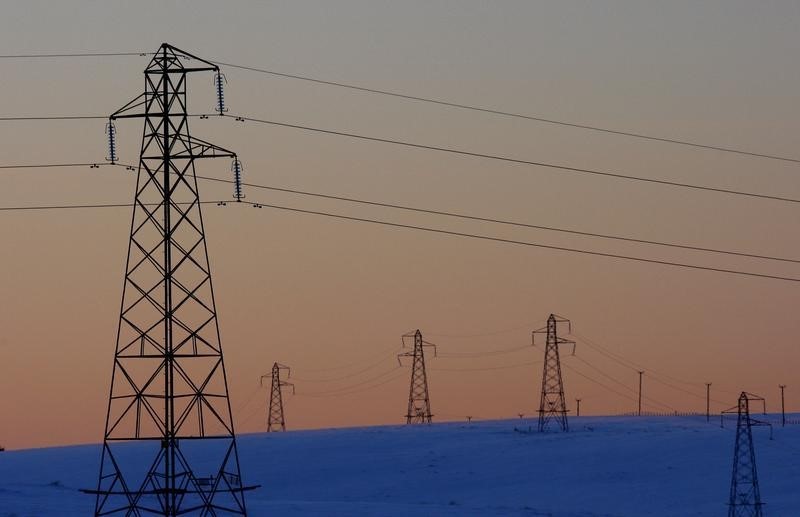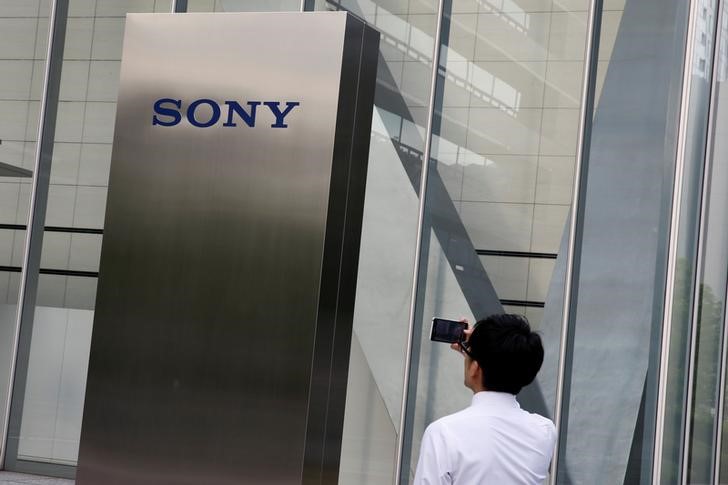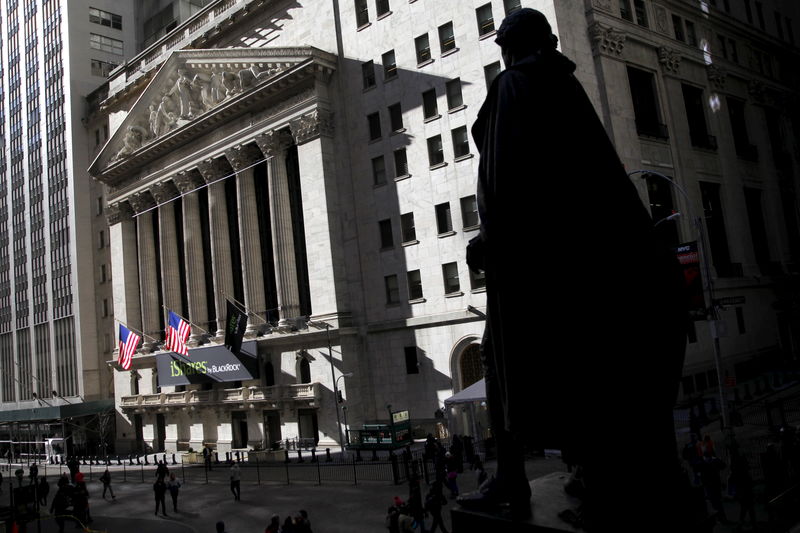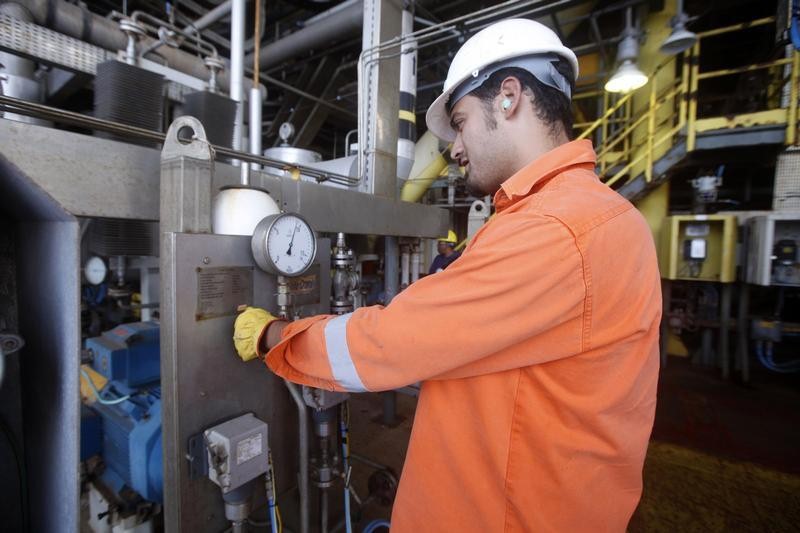As artificial intelligence (AI) continues to revolutionize industries, a crucial question has emerged: how much energy will the technology require?
In a recent research note, Goldman Sachs dives into the potential impact of AI on global power demands. The bank’s global investment research (GIR) team published a cross-sector report discussing how global data center power demand is poised to more than double by 2030, which should accelerate US electricity demand CAGR to 2.4%.
Analysts forecast a 15% CAGR in data center power demand from 2023-2030, driving data centers to make up 8% of total US power demand by 2030 from about 3% currently.
“Analysts expect this to drive about $50 bn of capital investment in US power generation capacity cumulatively through 2030 assume a 60/40 split between gas and renewables,” wrote Goldman.
According to the bank, lengthy interconnection queues remain a challenge when connecting new projects to the grid. They believe that expediting the permitting/approval process for transmission projects will be key to alleviating it.
“The most top-of-mind constraint for natural gas is construction and permitting timelines where analysts see an average lag of ~4 years from the project announcement date to in-service date, which means the earliest capacity additions if announced today, would not be in-service until ~2028,” says the bank.
“New generation AI servers consume more power and provide more compute speed, even as the power intensity has fallen meaningfully,” adds Goldman. “There could be meaningful upside to analysts’ base case if appetite for purchase and utilization of servers is unconstrained.”
remove ads
.
Based on the energy demand forecasts, the Goldman Sachs research team sees two areas of beneficiaries: “1) demand growth beneficiaries – companies that are levered to power needs/prices, including unregulated power producers, gas companies, energy storage players, and those that provide power solutions to data centers and 2) supply chain/infrastructure beneficiaries – companies that are.”
As a large domestic panel manufacturer, First Solar (NASDAQ:) is seen benefitting from the projected increase in utility-scale projects needed to support increased demand.
Meanwhile, Kinder Morgan (NYSE:) is believed to be “particularly well-positioned” to benefit from the step-up in natural gas demand.
“Power needs for data centers should drive ~3.3 bcf/d of incremental natural gas demand by 2030; this is roughly a ~10% increase in the amount of gas consumed in the power market vs. today. KMI, as the largest transporter of gas in the US with considerable market share in key regions like Texas, should capture a considerable portion of this growth,” concludes Goldman Sachs.
Read the full article here















